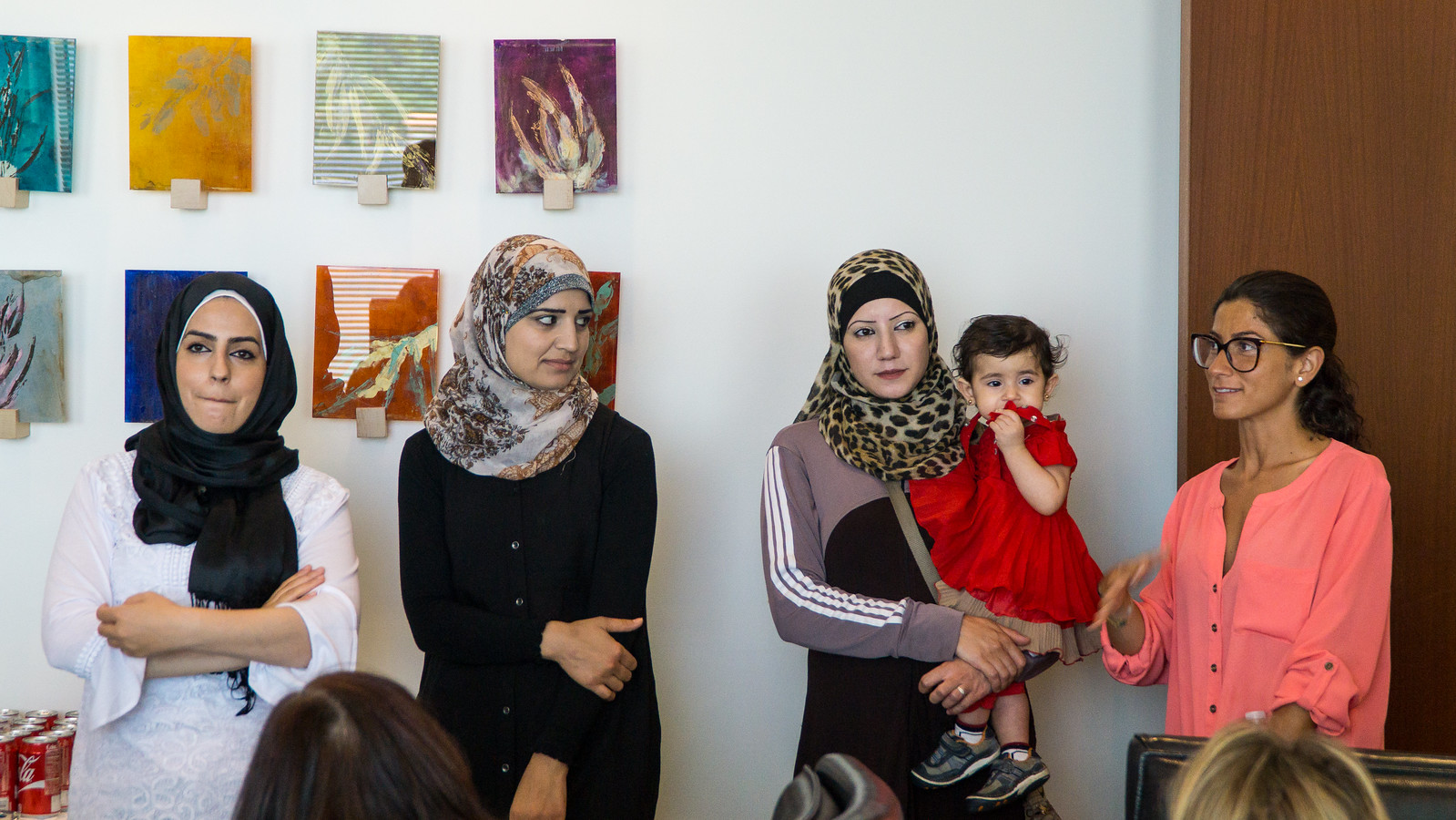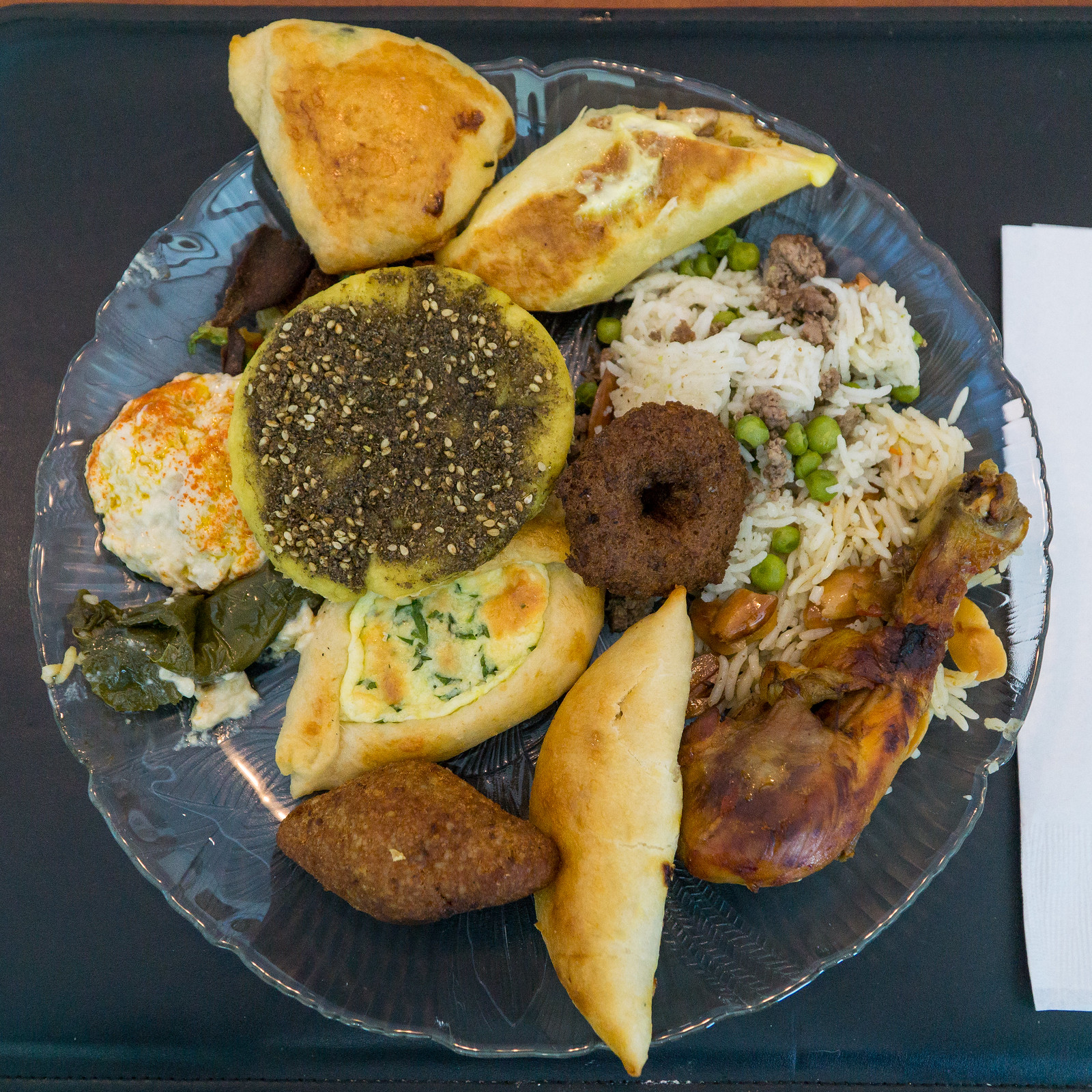Some local women have found a unique way to help. Shortly after President Trump signed an executive order implementing his Muslim ban, Kate Cruz was moved to action. Although she was already active in a non-profit (an organization called Project Motherpath that supports childbirth and parenting programs), her work until then had nothing to do with the Syrian refugee crisis. Still, she cold-called a local mosque in Miami Gardens and asked if there was anything she could do. They connected her with the Muslim Women's Organization of South Florida, and together they organized a "South Florida Syrian Supper Club."
It's a wonderful idea: a rotating group of Syrian women refugees prepare meals of traditional dishes in people's houses, typically for $50 per person, with the proceeds going to support the women and their families. In addition to sharing their food, they also share their stories – of what brought them here and what they've faced since arriving.
One of my work colleagues recently hosted a lunch at our office for thirty people, and it was a moving experience. Faten, Raja and Mona – with their children in tow – brought enough food to feed about three times as many people, Krista (herself a Syrian refugee) helped translate for them, Kate, along with Yasemin Saib and Sahar Shaikh of MWO, shared some more stories of what they're faced with and other ways people can help, and everyone ate incredibly well.
(You can see all the pictures in this Syrian Supper @ KTT flickr set)
This would have been worthwhile even if the food was lousy, but it was a pretty incredible feast. Some of it was familiar – kibbe balls with ground meat encased in a crisp bulgur wheat shell, smoky, creamy baba ganoush, tender grape leaves stuffed with rice, herbaceous tabbouli salad and fattoush salad garnished with toasted pita shards. Other dishes were new to me – chicken legs roasted with warm spices, served over rice studded with whole almonds toasted to a golden brown, an assortment of puffy pies filled with meat, or cheese, or generously dusted with za'atar spice. And still others had familiar names but were still different in their ways: falafel shaped like little doughnuts, chicken shawarma wrapped in thin, almost crepe-like bread, spiked with a tart green pickle and dolloped with a creamy, garlicky sauce.
(continued ...)






